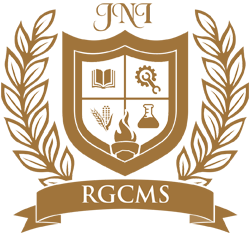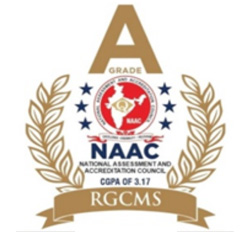
Dr. Chahat Hargunani
Phd., MMS, Diploma IN Human Resource,BMS.
Assistant Professor
Researcher
IIC Coordinator
Academic Leader & Mentor
Dr. Chahat Hargunani is a dedicated academic professional with proven expertise in Management Education, Research, and Innovation & Entrepreneurship Development.. She serves as an Assistant Professor and the Innovation & Incubation Cell (IIC) Coordinator at Rajeev Gandhi College of Management Studies (RGCMS), Navi Mumbai, where she actively nurtures entrepreneurial thinking, research excellence, experiential learning among students and Institutional Growth.
She recently earned her Doctoral degree (PhD-(2025) from Bharati Vidyapeeth, Pune, marking a significant milestone achieved through perseverance, dedication, and scholarly commitment. Her research focuses on Consumer Behaviour, DINK Family Structures, Sustainability, and Evolving Lifestyle Trends, areas in which she continues to contribute through publications, academic projects, and industry collaborations. She has writtern various Books, Patents too.
As an academic leader, Dr. Hargunani has successfully organized and coordinated numerous national events, industry expert sessions, and community engagement initiatives, bridging academia with real-world perspectives. Her ability to engage audiences with relatable insights and practical frameworks makes her a compelling speaker and mentor.
Guided by a learner-centric philosophy, she strongly believes in empowering young minds with creativity, critical thinking, and value-driven leadership. With her passion for education and innovation, she continues to inspire students, educators, and professionals to pursue excellence and meaningful impact.
Contact Details
Email id – chahathargunani@rgcms.edu.in
LinkedIn – linkedin.com/in/chahat-hargunani-87861b1a6























